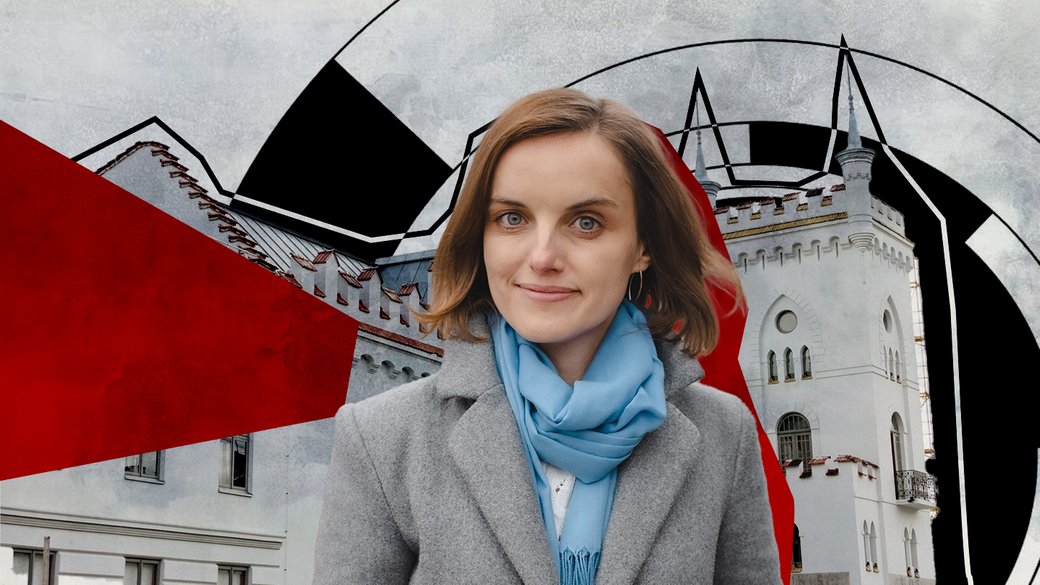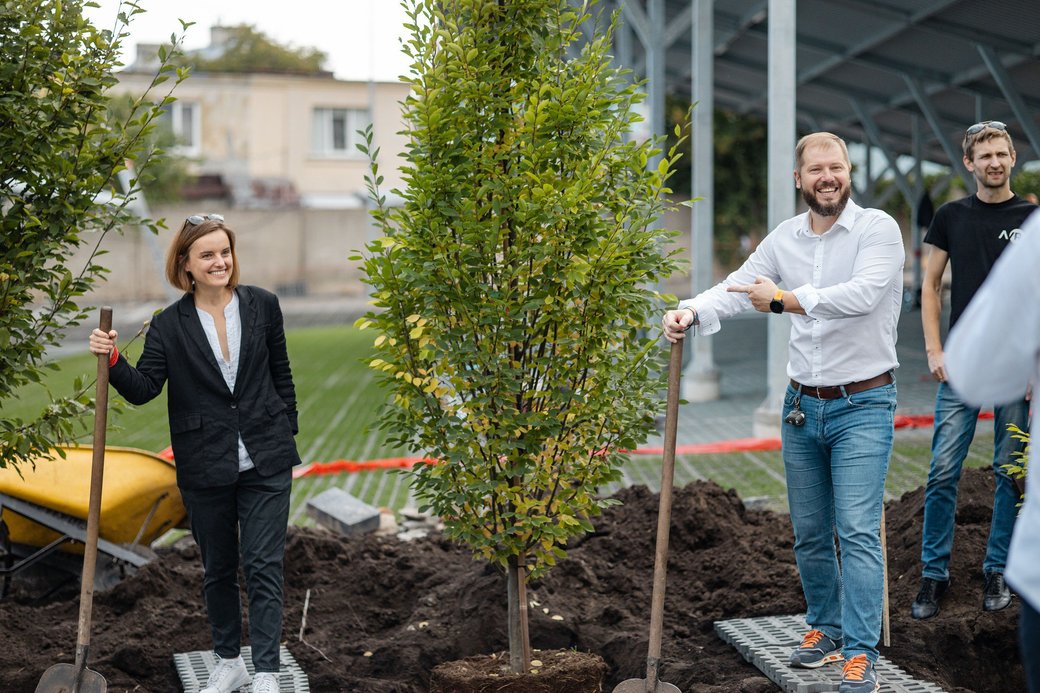
Please tell us about the idea behind the creation–or rather transformation–of a former jam factory into the Jam Factory. How did the project idea originate, and how was the institution created?
The need for a new center of contemporary culture in Lviv had been evident for a long time. The idea was conceived by Harald Binder back in 2015. The Jam Factory space had been "tested" for artistic events as early as 2009 when Dzyga organized the Week of Contemporary Art here.
In 2015, Harald learned that the building was put up for sale. He remembered that I had once conducted a workshop on the revitalization of industrial buildings there, so he invited me for a conversation and shared his idea of transforming the factory into a large cultural space. We extensively discussed the prospect of a future center, with me sharing my insights and him expressing his vision. After some time, I received a call confirming that we were starting work on the project.
The first thing we did, having only a part of the building at that time, was to create the initial version of the concept and involve architects who suggested how the space could look after renovation. We convened local cultural figures to engage in discussions about their own ideas, shaping the institution’s preliminary strategy and vision. Then the long-term project began, which involved dealing with building, land, and architectural design.
Simultaneously, I gradually started working on building the institution. I already had experience analyzing cases of industrial revitalization in other countries. Here, at the factory, it was a true learning-by-doing experience.
From the beginning, this place held great significance for us. Our initial projects aimed at analyzing the area and engaging the local community. We were eager to know the people living near here, find ways to empower them, and genuinely contribute to the local community. We initiated research on this area and the factory itself and worked extensively with the locals, including teenagers. Then, we began launching artistic residencies. In every sense, we were studying and adapting to this space: architecturally, institutionally, and through artistic practices.
Simultaneously, we established a grant program. We started inviting both local artists from Lviv and creators from other cities working with contemporary artistic practices. We hosted film clubs and launched a film school.
However, this was not the extent of our activities. Since 2017, we have officially operated as a non-profit organization. We became not only operators of artistic grants but also began developing our own projects, applying for grants, and launching initiatives.
What are the key directions of Jam Factory's programmatic work?
From the beginning, it has been visual arts, theater, and music working with contemporary practices. Even without sufficient space to stage theatrical productions or hold concerts, we began thinking about how we could enter this sphere.
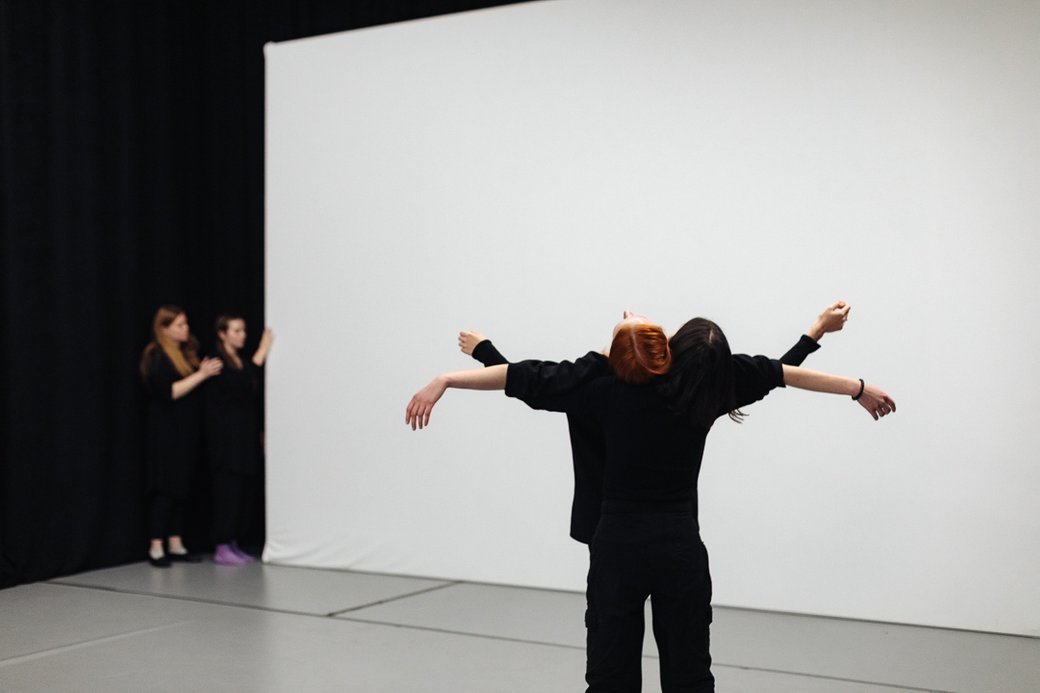
With visual arts, we worked through artistic residencies. For theater, we launched an educational program about contemporary theater. We conducted theater laboratories, workshops, and discussions, inviting Ukrainian and international theater artists. Today, all of this continues to work and evolve.
From the start, we understood that we were interested in engaging in various contemporary practices, including documentary, social and political theater. In 2020, we implemented our first production. It was a project about democracy by Roza Sarkisian and Joanna Wichowska, who, unfortunately, recently passed away. The play was titled "Demo – the right for beginners." We attempted to contemplate what democracy is in our conditions, while also engaging actors and directors in the discussion.
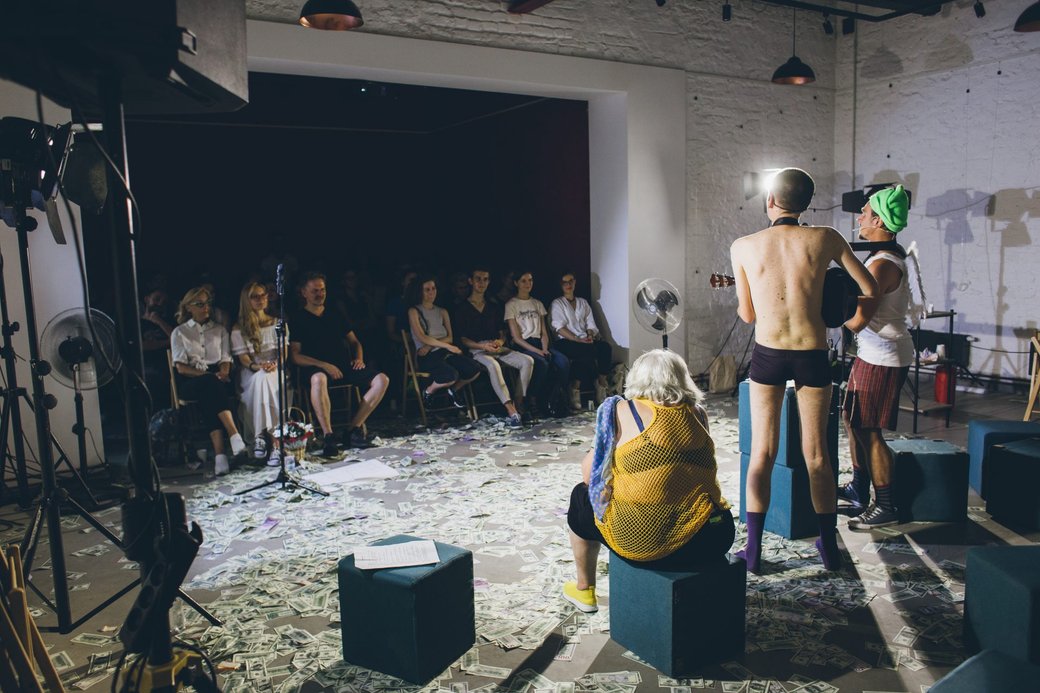
Today, we’re continuing to work on our own theatrical production with actress Oksana Cherkashyna. We persist in conducting educational practices for professionals and non-professionals in the theatrical field. We experiment through a theatrical laboratory. We also plan to invite resonant theatrical productions so that people can see what and how contemporary theater works.
The theatrical direction is clear. What about visual arts?
In general, all the directions of our project activities intersect. Being a multidisciplinary center, we can involve professionals from the theater during artistic residencies, for example.
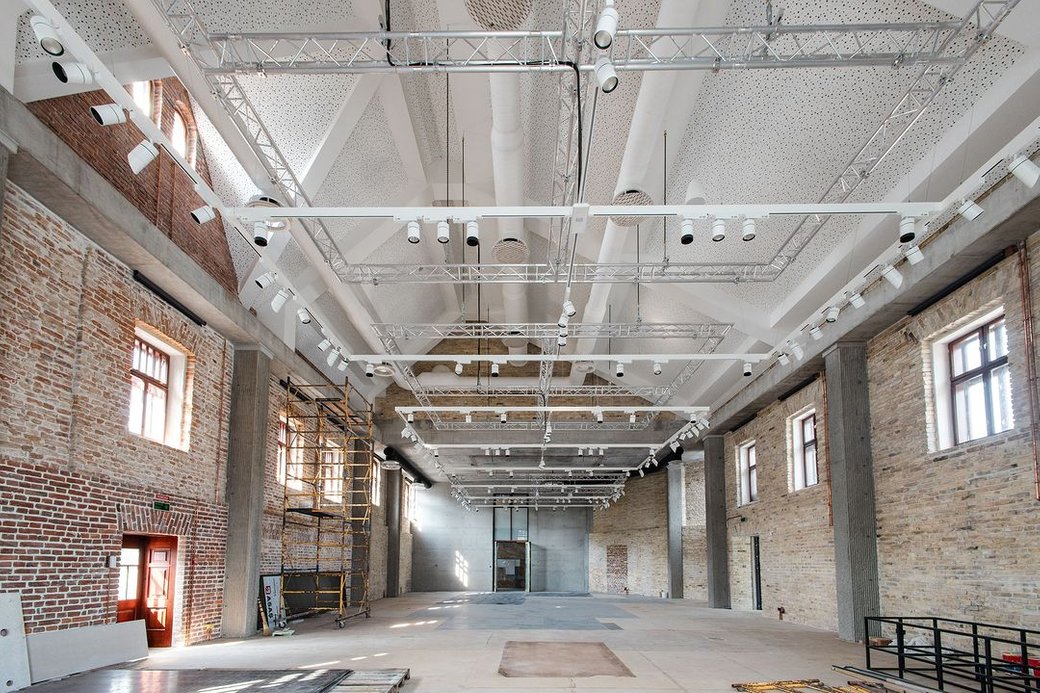
We were also aware from the beginning that our environment lacked high-quality informal education for both professionals in the artistic field and a wider audience. That's why we incorporate educational programs to the fullest extent possible into each of our projects. Since our primary goal is to work with professional artists, we aim to create an ecosystem for their development.
Returning to the field of visual arts, we have decided that we are interested in collaborating with invited curators and creating exhibitions based on research. Curators can construct specific narratives, work with themes that are relevant in our contemporary world, and engage the audience in dialogue. It is also important for us that any of our exhibition projects are well-discussed. Each exhibition, in addition to a catalog, should have an extensive public program. It is extremely important for us to have a dialogue about everything we do, especially exhibition projects.
The third artistic direction you mentioned is music. How does the Jam Factory approach this aspect?
Implementing this direction was challenging without having the appropriate space. The opportunities that space provides are crucial, including acoustics and technology that create good sound. That's why the musical direction was the least developed for us.
However, starting from next year, we plan to implement a systematic music program, featuring regular concerts by Ukrainian and international musicians. We are also considering how we can support and develop the music scene. This includes educational practices, exchange opportunities, experimental projects, and recording musical works. For musicians, it is also an opportunity to have a space and a place to create new musical compositions, whether collaboratively or independently.
After the start of the full-scale invasion, work on the project was temporarily suspended. How has your perception of the institutional role of the Jam Factory changed over the past one and a half years? And, in your opinion, what cultural institutions are currently needed?
Actually, we were initially somewhat slowed down by COVID — like many other institutions, we had to cancel projects and reformat our work. We had a planned exhibition opening curated by Kateryna Botanova, and the texts and exhibition were in progress, but unfortunately, the pandemic started.
After the start of the full-scale invasion, we realized that we had to temporarily suspend our main activities. We stopped construction work, "froze" the site, and informed curators that we were taking a break.
In the first weeks after February 24, the entire team was involved in providing assistance and meeting the most urgent needs that arose in the city. Lviv became a hub through which many people passed. Together with colleagues from the Center for Urban History, we organized a shelter.
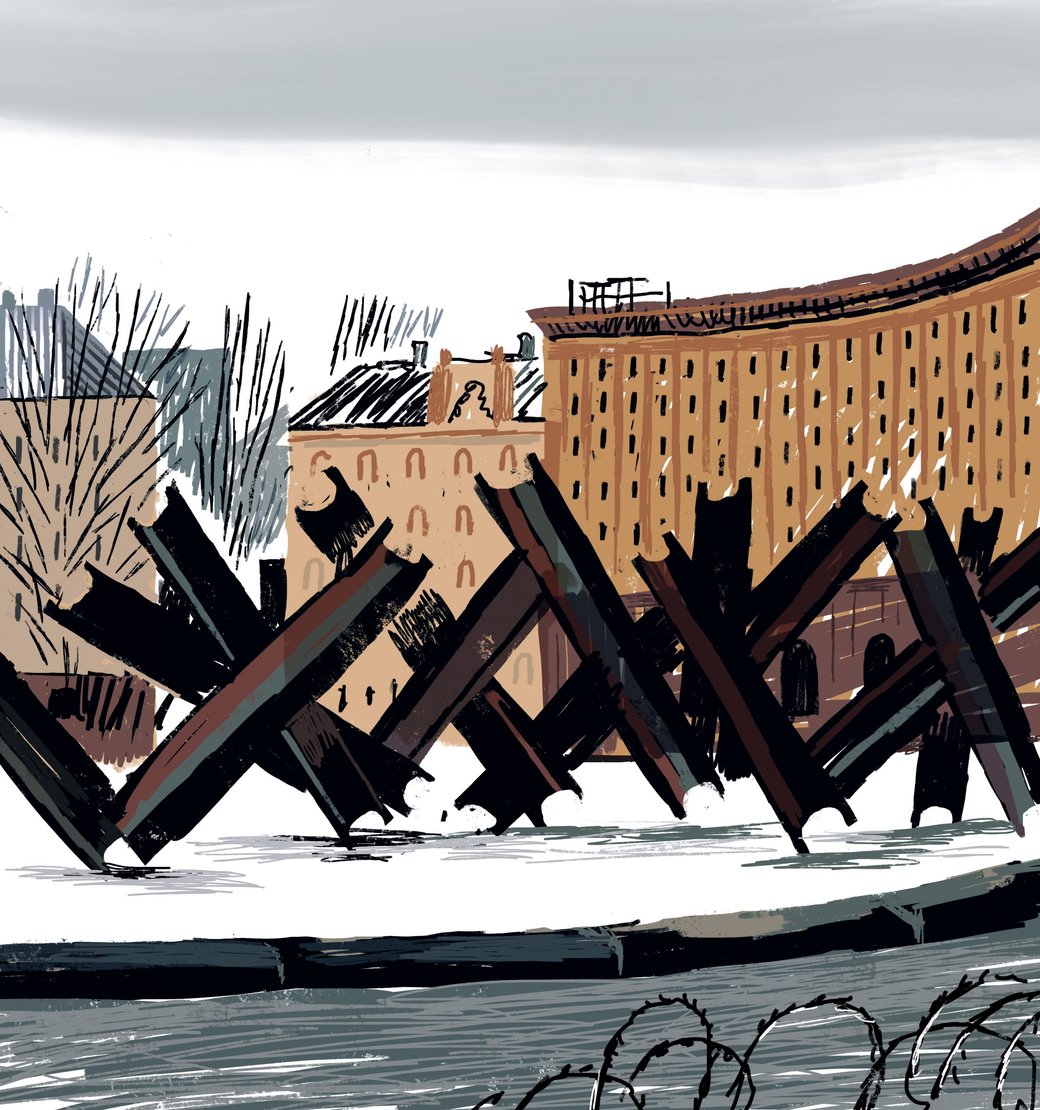
During this time, I started receiving a lot of requests for help via email and from institutional mail. I realized that we could be an institution that takes on the role of supporting artists during the war. Along with the rest of the team we created the "Artists in War" program. It wasn't exactly emergency grants; it was more about creating opportunities for artists to return to work. In 2022 and the beginning of 2023, several hundred artists applied to us, which we considered a great result.
Within a few weeks, we emerged from the stream of humanitarian issues and returned to work, considering how we could continue functioning as an institution.
After the liberation of Kyiv region and other neighboring regions, we resumed construction and began planning the project's opening.
The space will open with an exhibition curated by Borys Filonenko, Kateryna Iakovlenko, and Natalia Matsenko. Tell us about the choice of the curatorial team, the exhibition, and why you decided to open the space with them.
Selecting the curators for the first exhibition was a very challenging task. I had several criteria for selection: they had to be professional curators working with local practices and willing to delve into the complex and painful theme of living through war. I discussed the idea and thematic framework of the exhibition with various curators. When I met Borys Filonenko and heard about his thoughts and experience, I realized he was ready. Then, I gradually invited the others.
Undoubtedly, a match occurred within the curatorial team. When I see how they interact, how they come to various decisions, it seems as if they have been working together their entire lives. I have been impressed by their sensitivity and deep reflection that they offer through this exhibition.
The exhibition, "Our Years, Our Words, Our Losses, Our Searches, Our We," is about the experience we are going through. It's about us, our communities, our experience of this war, and societal transformations. It's an attempt to look at where we are. The exhibition will feature around 250 works by 100 artists.
Am I correct in understanding that you plan to continue working with invited curators and curatorial groups across all artistic directions? Is this your institutional approach?
Yes, that's our institutional approach. Through our projects and programs, we plan to collaborate with curators and artists. Sometimes we will also announce open competitions and open calls. Additionally, of course, we plan to collaborate with other art institutions.
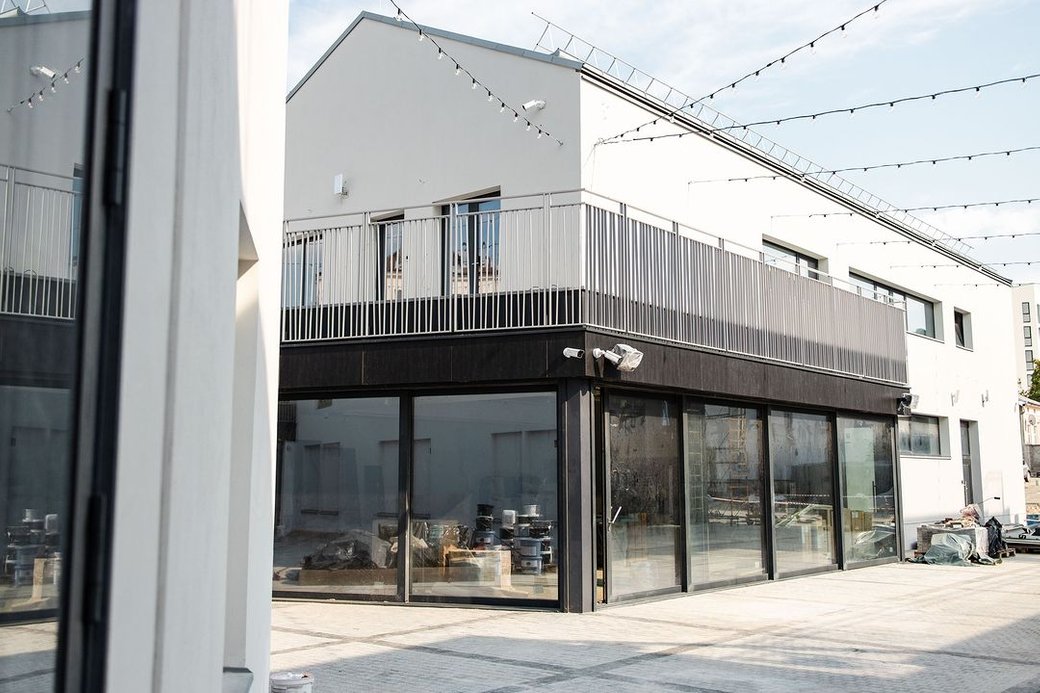
What are the Jam Factory's key institutional plans for the next year?
First and foremost, the professional support of artists holds strategic importance for us. We intend to seamlessly integrate programs and projects dedicated to this cause across all aspects of our work.
Secondly, exhibitions are crucial. The next two exhibitions are already planned. We aim to present Ukrainian contemporary art for both the residents of Lviv and those who visit us.
We aspire to create a space where people are not afraid of what they don't know or understand, and can openly interact with art. We want to be an institution that offers interesting and intelligent leisure. The process of co-creation is also very important for us, so we will do everything to engage the audience in dialogue.
Thirdly, social responsibility is one of our key aspects. We are currently fundraising for an art rehabilitation project for military personnel in hospitals.The project will initially launch in Ivano-Frankivsk, and then, hopefully, in Lviv. The demand is quite significant—not only from the military, but ordinary people also want to contribute. Engaging in social rehabilitation stories is an essential component of our practice.
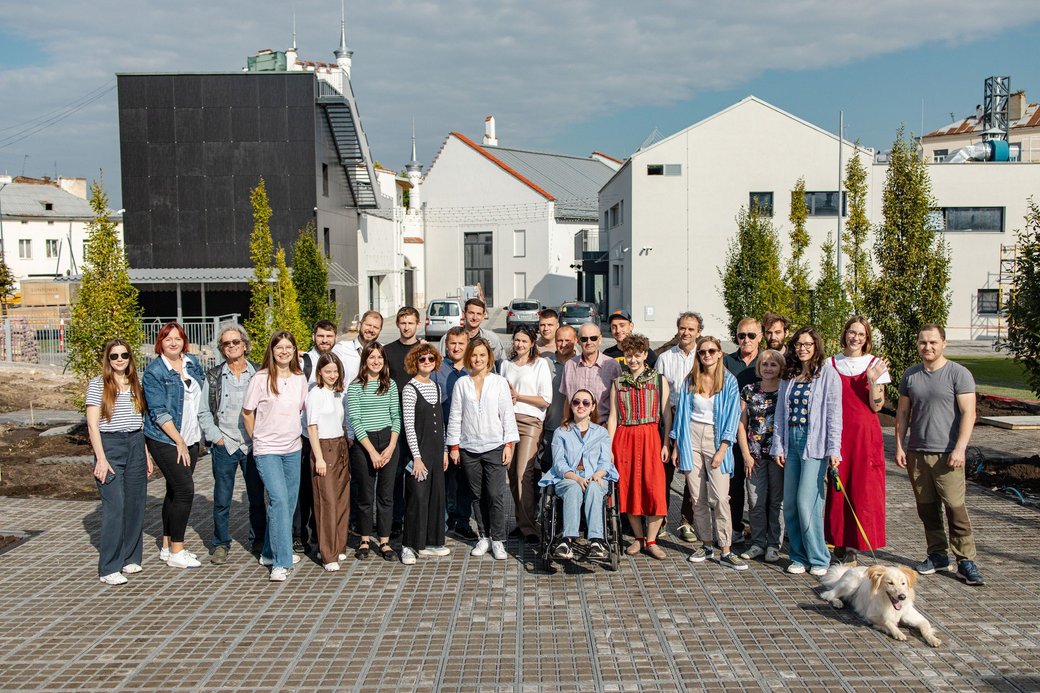
Please tell us about the team working on this project with you.
We currently have 20 people working at the Jam Factory on program activities.
The first member to join the Jam Factory team was our cultural manager Bohdan Hrytsiuk. Trained as a theater actor, Bohdan initially began conceptually working on the theatrical direction and did a lot to realize our dream of working with contemporary theatrical practices.
Later, Liubov Ilnytska joined us, who is now the curator of theatrical direction. In some projects, she also works as a dramaturg for production. In total, three people are currently involved in this direction. They are constantly engaged in labs, productions, and on working trips.
Last year, Tetiana Fedoruk joined us, becoming another director at the Jam Factory. So now we have a directorial board consisting of Tetiana, myself, and Harald. My main areas of work revolve around program and communication activities, while Tetiana works as the operational director, overseeing a significant volume of construction and revitalization.
We are just starting to develop the team for the musical direction. We have had a brief collaboration with Olha Bekenshtein from Kyiv, but the team is still in the process of formation.
We also have a communication department which includes our wonderful Maria and Yuliana. We already have a communication strategy, so there will be plenty of work for this crucial department.
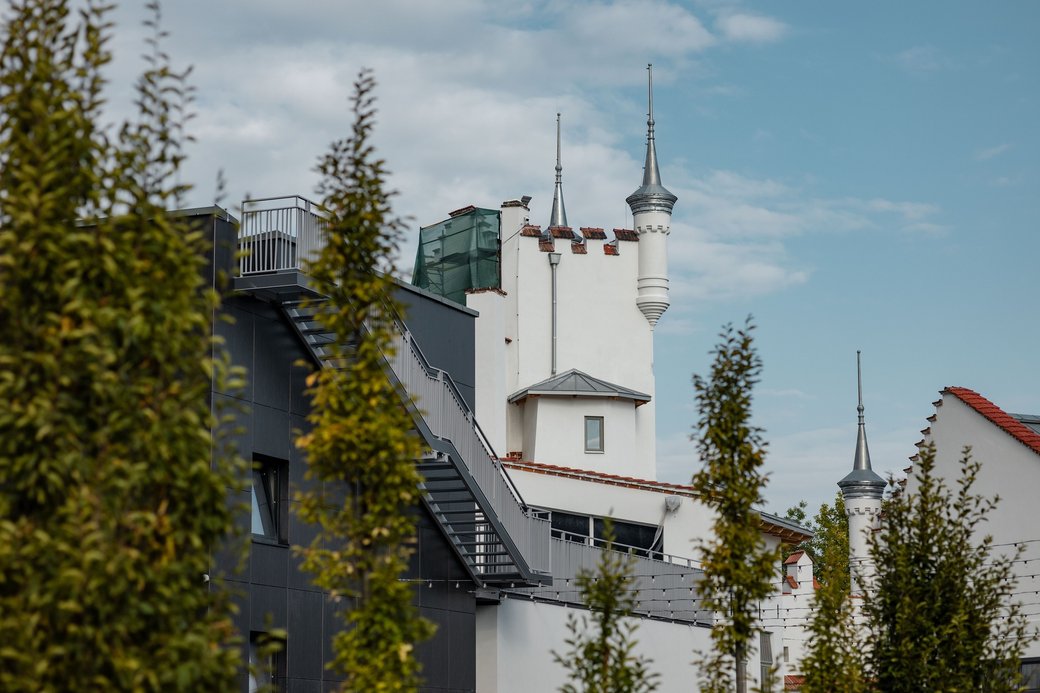
What was the most challenging and interesting part of preparing for the launch of the Jam Factory? What have you learned about the institution during this time? What are your key insights and takeaways?
This is truly a challenging question. What drives me the most is the people I work with and the trust we can place in each other. Trust and expectations from the professional environment are also highly valuable to me.
I am excited to see the institution taking shape before my eyes. I want to believe that we are creating a safe space where people can feel comfortable engaging with art, discussing important matters, and reflecting. I am convinced that diverse individuals can come together to create something greater and amplify each other. I believe that the Jam Factory will become a place that can positively impact this neighborhood and the city.
Text originally published (in Ukrainian) by Suspilne Kultura as part of a collaboration with Documenting Ukraine.
Translated by Kate Tsurkan

